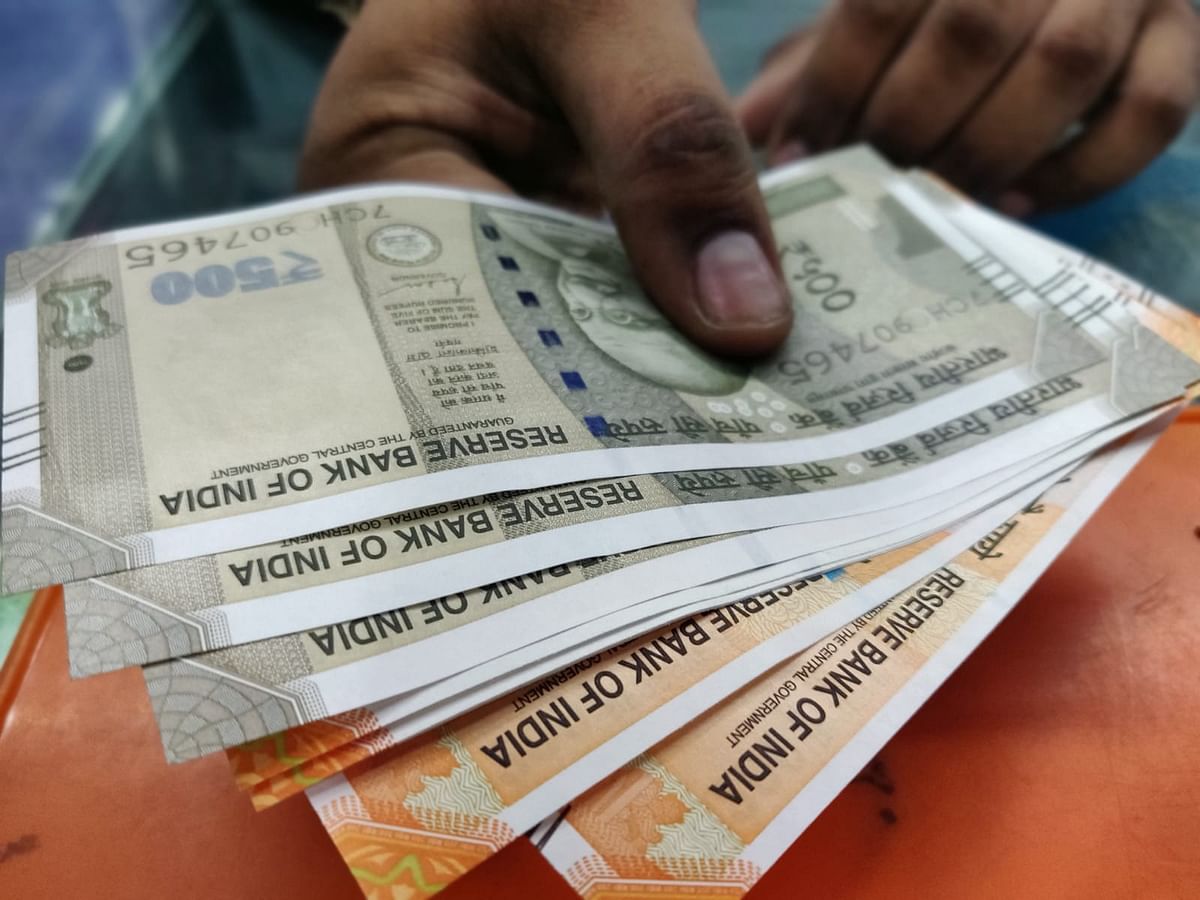The strong dollar and risk aversion in international markets are expected to cause the Indian rupee to weaken on Wednesday. Additionally, ongoing FII inflows could harm the rupee. Investors will be on the lookout for the RBI’s monetary policy, as the central bank may decide to halt the rate of rate increases.
The rate increase is predicted to be between 25 and 35 basis points. In order to gather clues about the future monetary attitude, market participants will also pay close attention to central bank remarks. According to ICICIDirect, the US$INR (December) could trade in a band of 82.25-82.85. The rupee fell in the previous session as the dollar experienced its biggest gain in two weeks. The rupee dropped to 82.60 per dollar from its beginning price of 81.91.
The unwinding of carry trades and corporate dollar demand led to the USDINR spot closing at 82.62, up 81 paise, the highest level since November 4th. Importers and bank dealers may have initiated stops once the spot crossed 82, which accentuated the rise. Low forward premiums are hurting the supply of dollars because the USDINR forward premium is trading at its lowest levels since 2011.
As a result, exporter hedging is declining and carry trade is becoming unprofitable. The Rupee is becoming more susceptible to global shocks at the same time. On a year-to-date basis, the Indian Rupee has ranked among the weakest currencies in a large currency basket.

